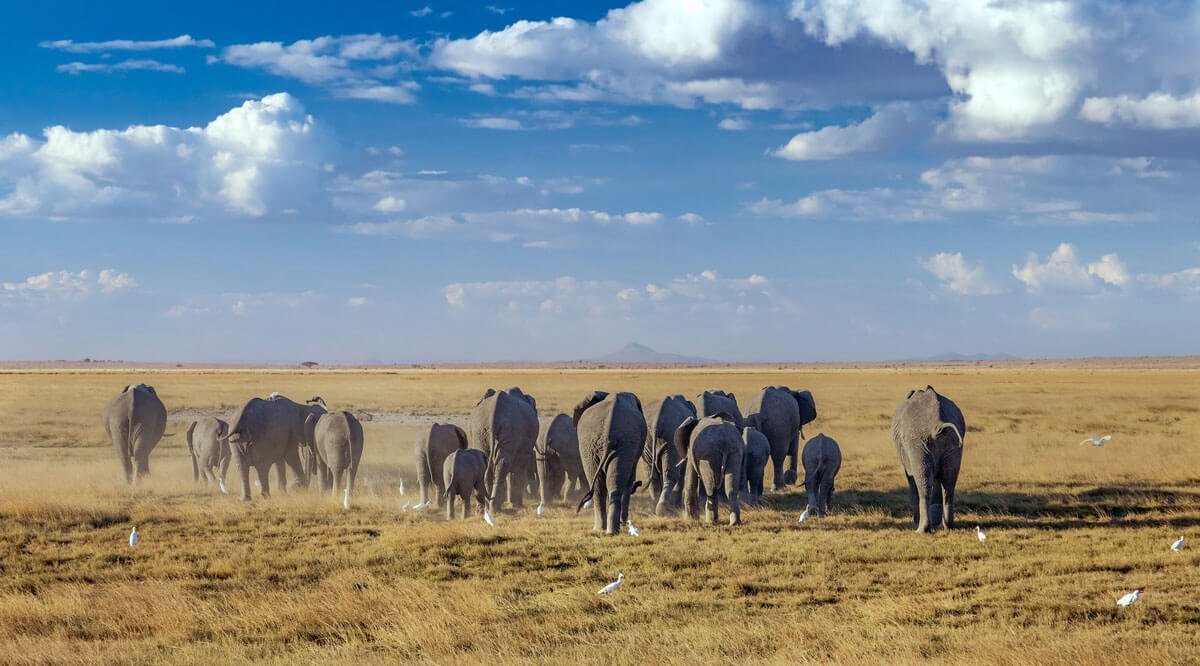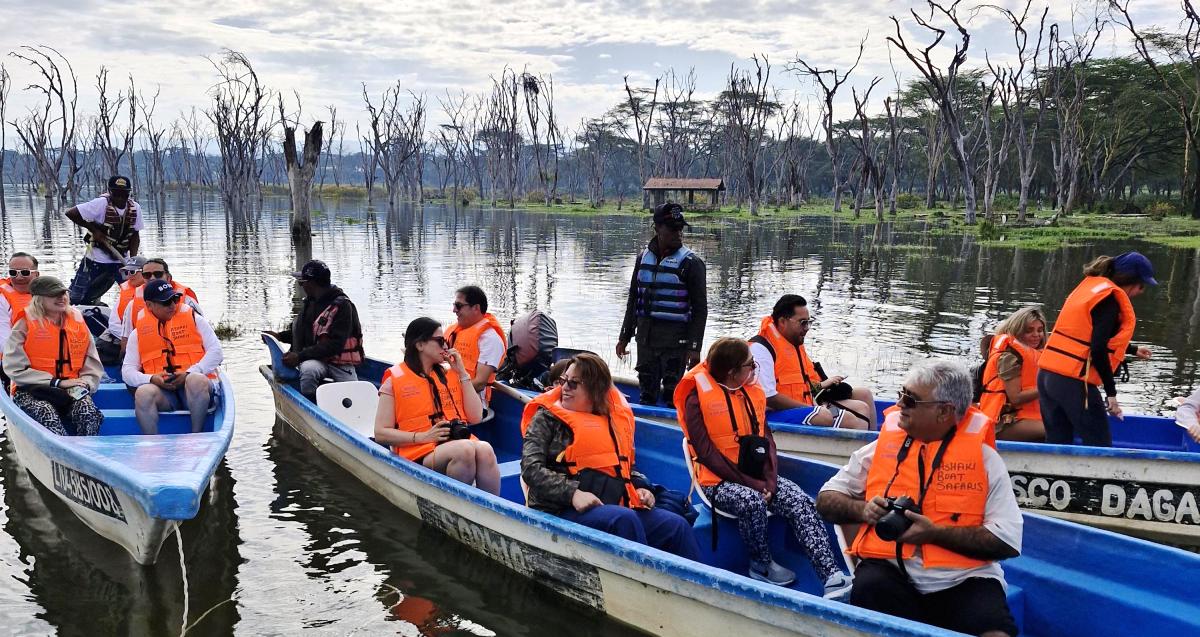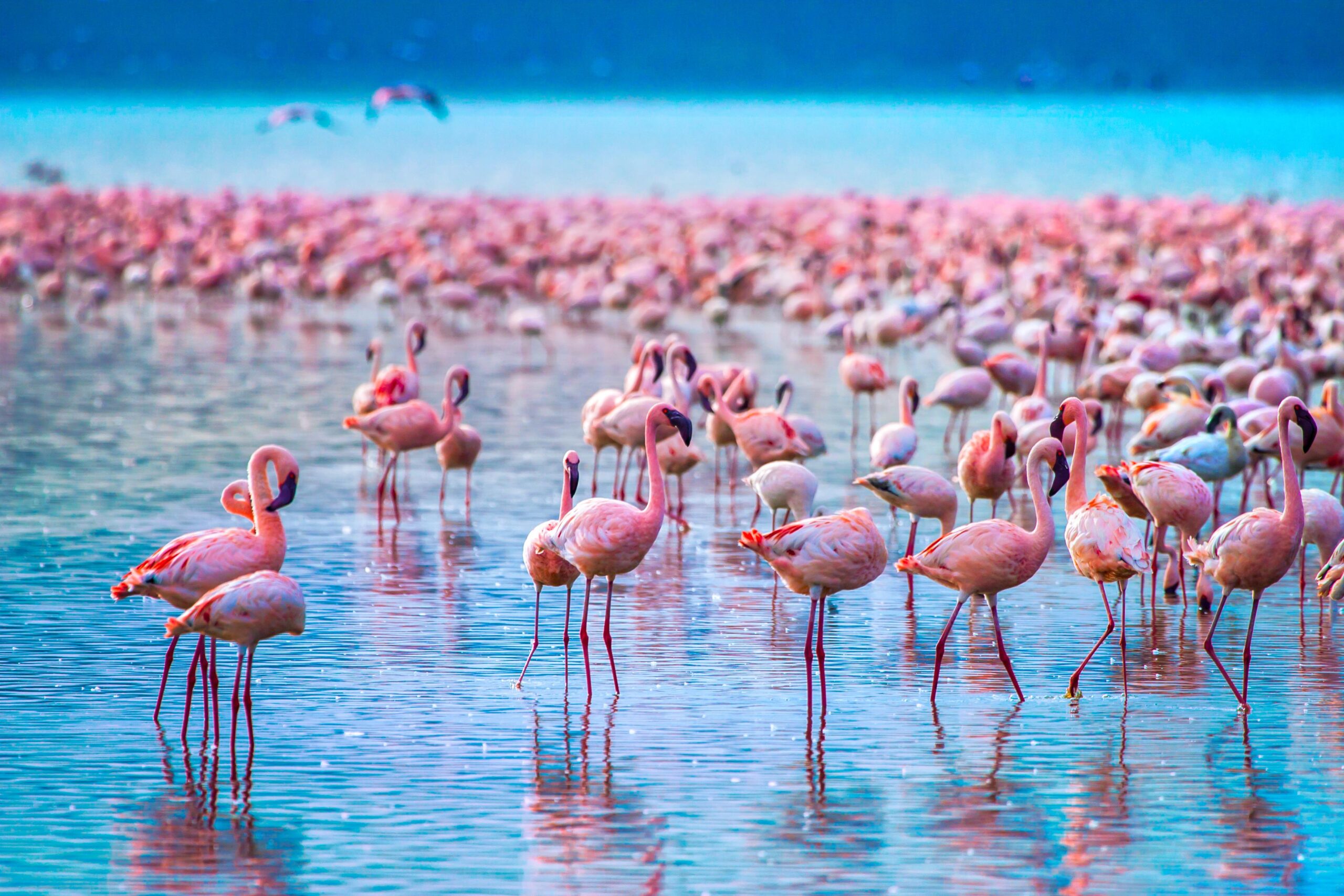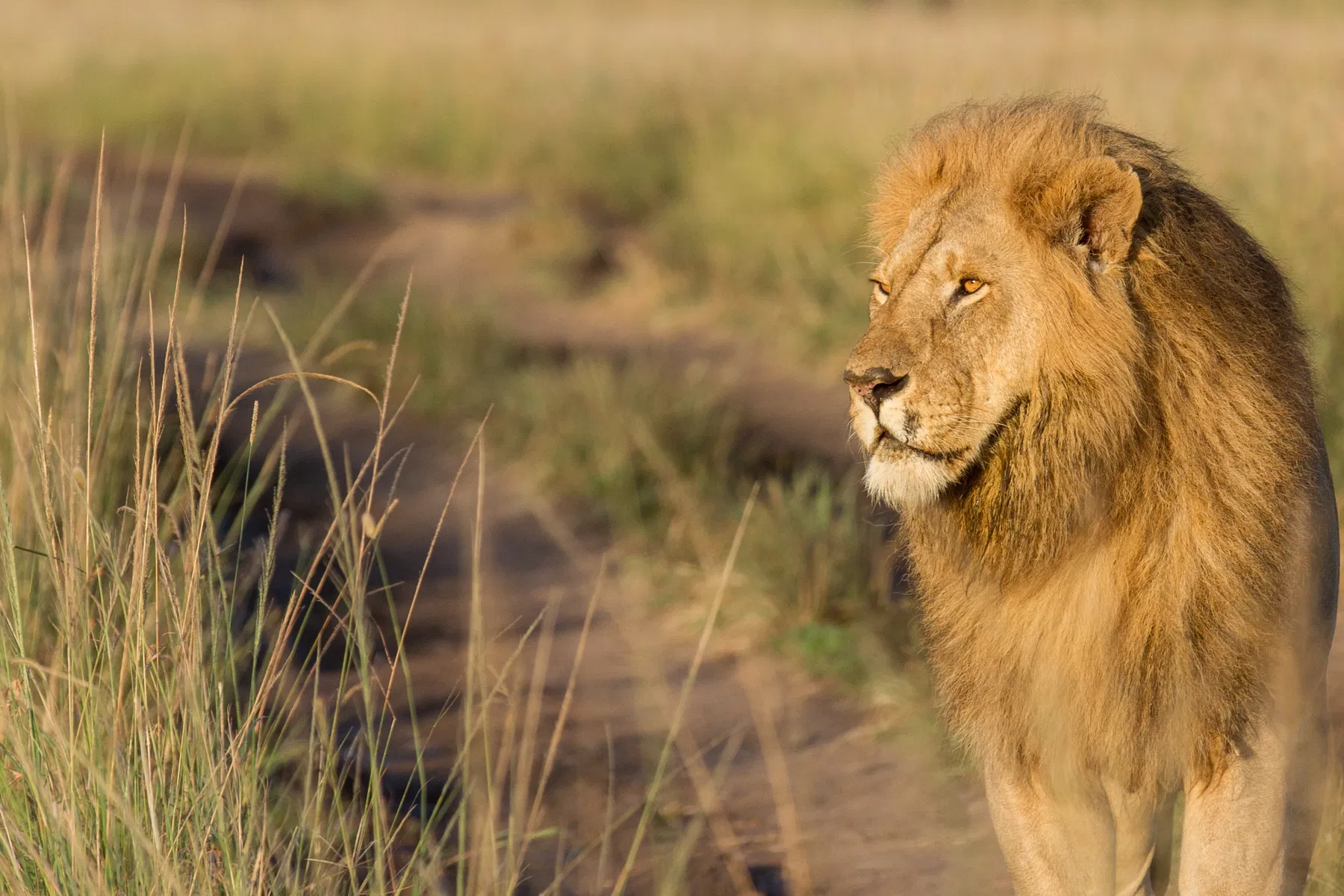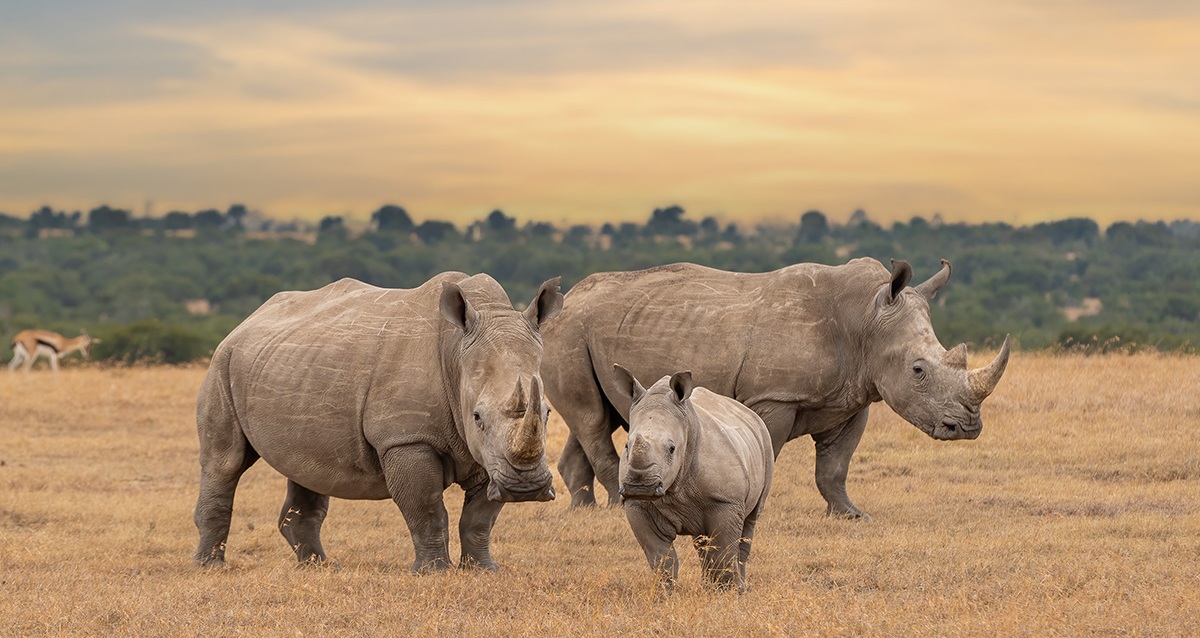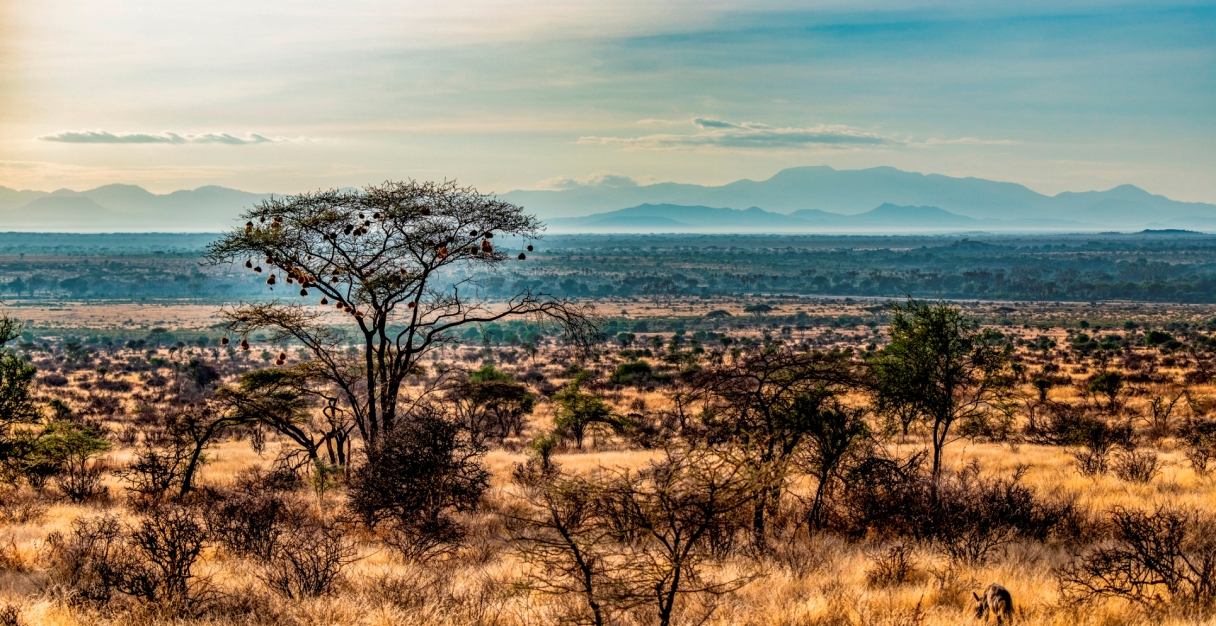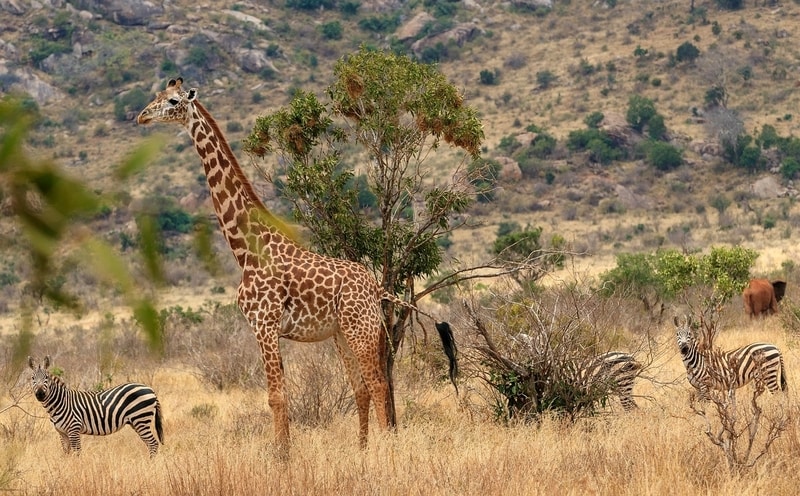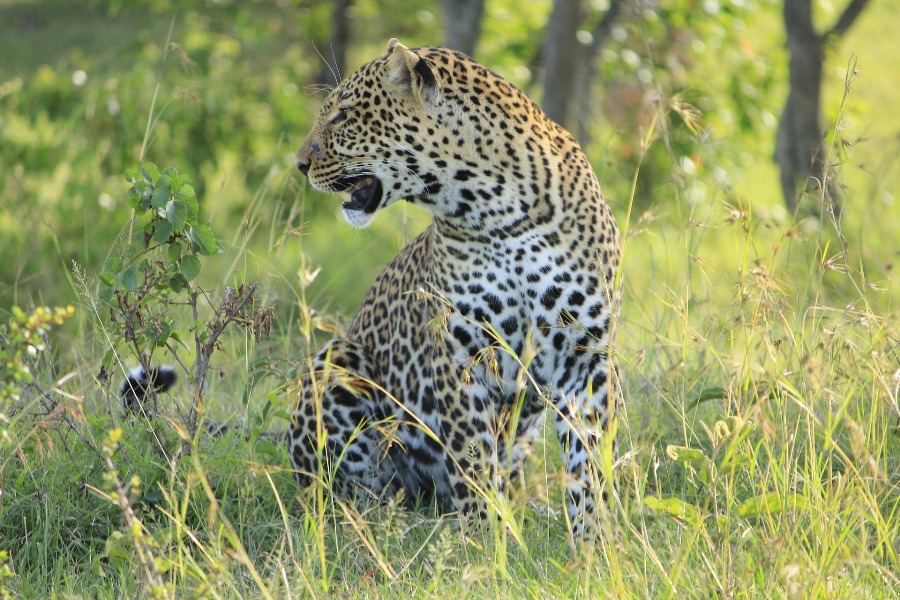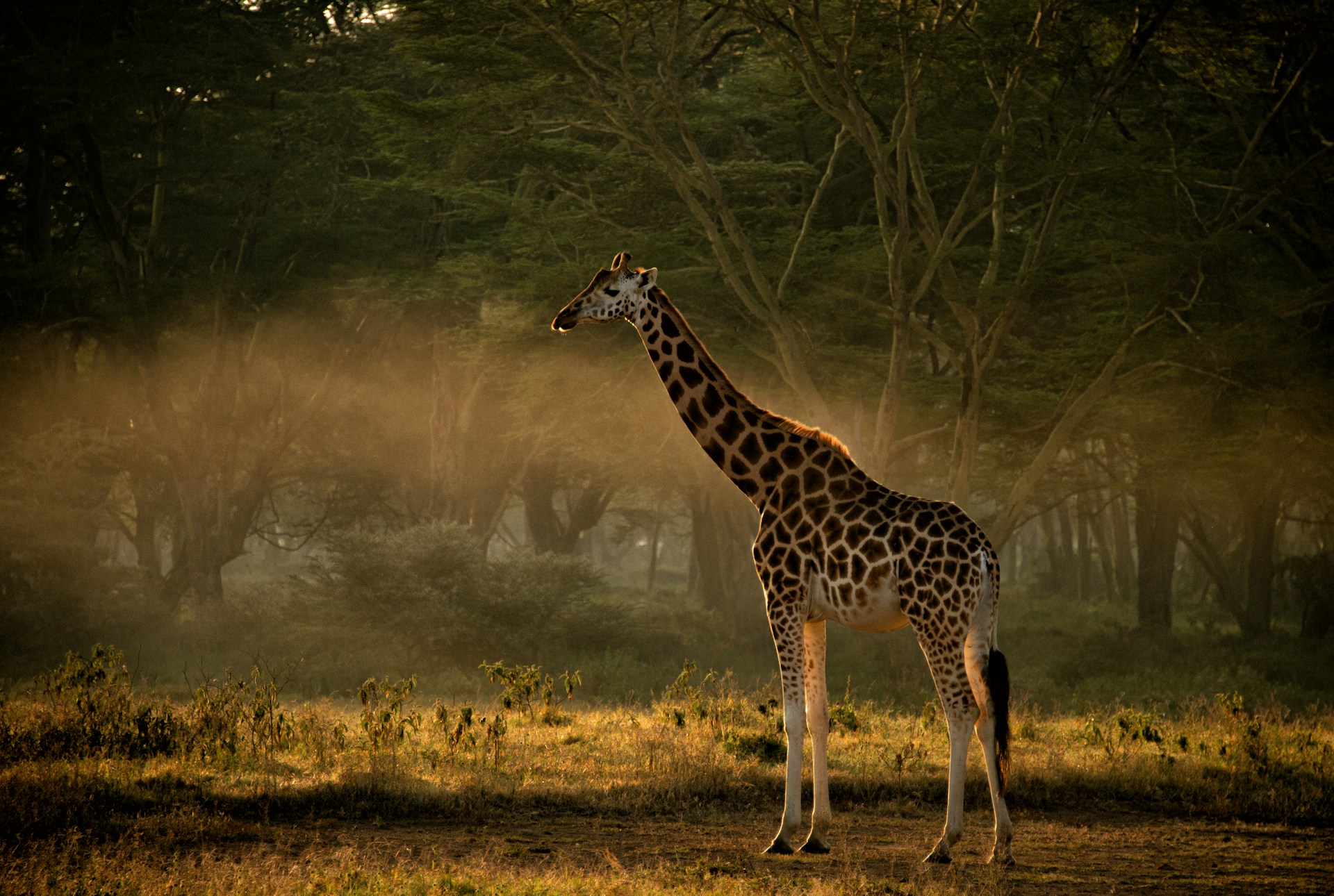Kenya is one of Africa’s premier safari destinations. Each year, thousands of tourists journey to see the Big Five, which consists of the lion, leopard, elephant, buffalo, and rhino. These animals are famous, but they are also rare and spectacular to watch in the wild.
What makes Kenya special is how easy it is to spot the Big Five in their natural environment. Kenya boasts numerous well-managed national parks and game reserves, each offering a distinct safari experience.
In this guide, we will share the best national parks in Kenya to view the Big Five, along with practical advice, what to expect, and how to make the most of your safari.
-
Maasai Mara National Reserve
Location: South-western Kenya
Best time to visit: July to October (Wildebeest migration season)
The Maasai Mara (Maasai Mara National Reserve) is Kenya’s most well-known national reserve. Part of the greater Serengeti ecosystem, which extends into Tanzania, this reserve is infamous for its high density of big cats and the Great Migration. The Maasai Mara gives you a great opportunity to see all members of the Big Five. Lions are everywhere. Cheetahs sprint across the plains while leopards are spotted in trees, and sometimes by the Mara River. The Mara is also home to plenty of elephants and the Cape buffalo. Rhinos do tend to be harder to find; however, they do exist in the Mara Triangle and also in private conservancies such as Olare Motorogi.
Why Maasai Mara?
- All Big Five species are resident.
- The Great Migration is mind-blowing.
- Magical Maasai culture and community conservancies.
- Great option for photographers and filmmakers.
Pro tip: If you are on a game drive, do the early morning drive for the best chance of seeing predators hunting.
-
Amboseli National Park
Location: southern Kenya, close to the Tanzania border
Best time to visit: June to October, January to February
Amboseli is known for one thing – elephants framed by Mount Kilimanjaro. These beautiful giants often have long, fantastic tusks, and it cannot be described how special it is to see large herds of elephants roaming free even on the open plains.
Although elephants are abundant, don’t forget we get to see lions, buffalo, and leopards, too. No rhinos, but the scenery and variety of wildlife make Amboseli a top Big Five destination.
Why Amboseli?
- Best place to see very large herds of elephants.
- Stunning view of Mount Kilimanjaro.
- Easy access to Nairobi.
- A paradise for birdwatchers.
Pro tip: If you want to see Kilimanjaro at sunrise, stay in a lodge in the park.
-
Tsavo East and Tsavo West National Parks
Location: Southeast Kenya, positioned between Nairobi and Mombasa
Best time to visit: June to October
Tsavo is Kenya’s biggest protected area. It is divided into two parks — Tsavo East and Tsavo West — which are full of wildlife and raw beauty.
Tsavo East is famous for its red elephants, which love to dust bathe in the iron-rich soil, as well as buffalo, lions, and leopards. There are rhinos in Tsavo East, but not as many as in Tsavo West, where rhinos are more established.
Tsavo West has even more dramatic terrain to enjoy. Lava flows, rocky hills, springs, and thick vegetation can make animal spotting more challenging, but you’ll be compensated with greater rewards. Rhinos are protected in the Ngulia Rhino Sanctuary, and with a little luck, you might get to add them to your Big Five checklist.
Why Tsavo?
- Off-the-beaten-path safari experience
- A very large area of land with fewer other tourists
- Great destination that balances wildlife and scenery
- Unique red elephants and terrain of active volcanism
Pro tip: If you have the time, combine both parks to create an even more complete and rewarding safari trip.
-
Lake Nakuru National Park
Location: Central Kenya – Great Rift Valley
Best time to visit: June – March
Lake Nakuru is a smaller park, but its density of wildlife is impressive. This is one of the best certified places in Kenya, especially to encounter black and white rhinos, and it’s one of the only parks where they are fenced off from poachers.
Beyond rhinos, you may also encounter lions, buffalo, and leopards. Lake Nakuru also lacks elephants, and so comes recommended as part of a safari route including other parks as well.
The sight of the lake alone will be a memorable experience, with thousands of flamingos, pelicans, and various water birds.
Why Lake Nakuru?
- Rhino sightings are reliable
- Scenic lake and an impressive waterfall
- Accessible from Nairobi, great for short safaris
- The abundance of bird life and tree-climbing lions
Pro tip: Try to plan your visit out of the rain and during dry periods, as it will make spotting wildlife much easier around the lake.
-
Ol Pejeta Conservancy
Location: Laikipia County (just outside Nanyuki)
Best time to visit: June to October
Ol Pejeta is a privately-managed conservancy, but it is too good not to include on this list. Why? Because Ol Pejeta has the highest concentration of animals per square kilometre in Kenya, and it is the only place in East Africa where you can see chimpanzees.
Ol Pejeta contains the last two northern white rhinos in the world. They are watched over 24/7 and are powerful symbols of conservation.
You can see other amazing wildlife, including black rhinos, lions, leopards, elephants, and buffalo. Ol Pejeta is well-managed, and like many other places on this list, the game drives here normally deliver great sightings.
Why is Ol Pejeta an eco-lodge?
- Location has all Big Five
- Strong conservation program
- No other option for a walking safari and night safari
- Family-friendly and less-busy option
Pro tip: Book a behind-the-scenes conservation activity, such as when they are taking care of the rhinos.
-
Nairobi National Park
Location: Nairobi City
Best time to visit: June to September and January to February
Just a few kilometers from central Nairobi, you’ll discover lions, leopards, and even rhinos, free in the wild. Nairobi National Park is the only national park found within a capital city.
This makes it especially convenient for travelers short on time, though there are no elephants, it has a healthy population of rhinos, lions, leopards, and buffalo.
The park is also home to the Nairobi Safari Walk and the Animal Orphanage, which are both fantastic for kids.
Why visit Nairobi National Park?
- Great for a day trip
- Great Rhino sightings
- Close to large hotels and the airport
- Great for first-time visitors to Kenya
Insider tip: Get there early in the morning! Avoid the traffic and capture some animals before they take shelter from the sun.
Helpful Tips for Seeing the Big Five in Kenya
- Hire an experienced guide: guides know the area and the places where animals like to hide.
- While you can always take a camera, binoculars are preferable: they help in seeing long distances, particularly leopards and rhinos.
- Be patient: wildlife can be very unpredictable. Some days, you’ll see all of the Big Five in one day. Other days, you may not see anything for days on end.
- Visit in the dry season: animals collect around water holes, and it becomes easier to identify them.
- Book a safari with a reputable company: Use a trusted vendor to plan amazing, organized, safe, and unforgettable experiences across Kenya.
Best Time to Visit Kenya for Big Five Safaris
Kenya has two main dry times of the year:
- June to October – the best time for most parks. Animal watching is easy, and the weather is nice.
- January to February – short dry period. Also great for safaris and birding.
The Great Migration in the Maasai Mara occurs from July to October – the best time for action-packed game drives.
How to Plan Your Safari
- Choose your parks: Combine 2–3 parks to boost your chances of seeing all of the Big Five animals.
- Pick your travel style: Luxury lodge, tented camp, or budget safari? Kenya has it all.
- Use a local operator: Local tour companies understand the seasons, animal behaviors, and best routes.
- Include cultural experiences: Visit a Maasai village or local markets to add something meaningful to your travels.
Final Thoughts: Why Kenya is the Big Five Paradise
If your goal is to see Africa’s most iconic animals, then Kenya is what you’re looking for. From the vast plains of the Maasai Mara to the numerous elephant herds in Amboseli National Park, each national park has something unique to offer.
With a little preparation, good timing, and a bit of luck, you will be able to see not only the Big Five, but so much more. Whether it is your first time or you have trekked through Africa many times, the national parks of Kenya will amaze you.
To get the most out of your experience, consider booking your trip through reputable travel companies that offer custom-made safaris in all major parks.
Kenya is waiting for you… Are you ready to finally see the ‘Big Five’ animals in the wild?
